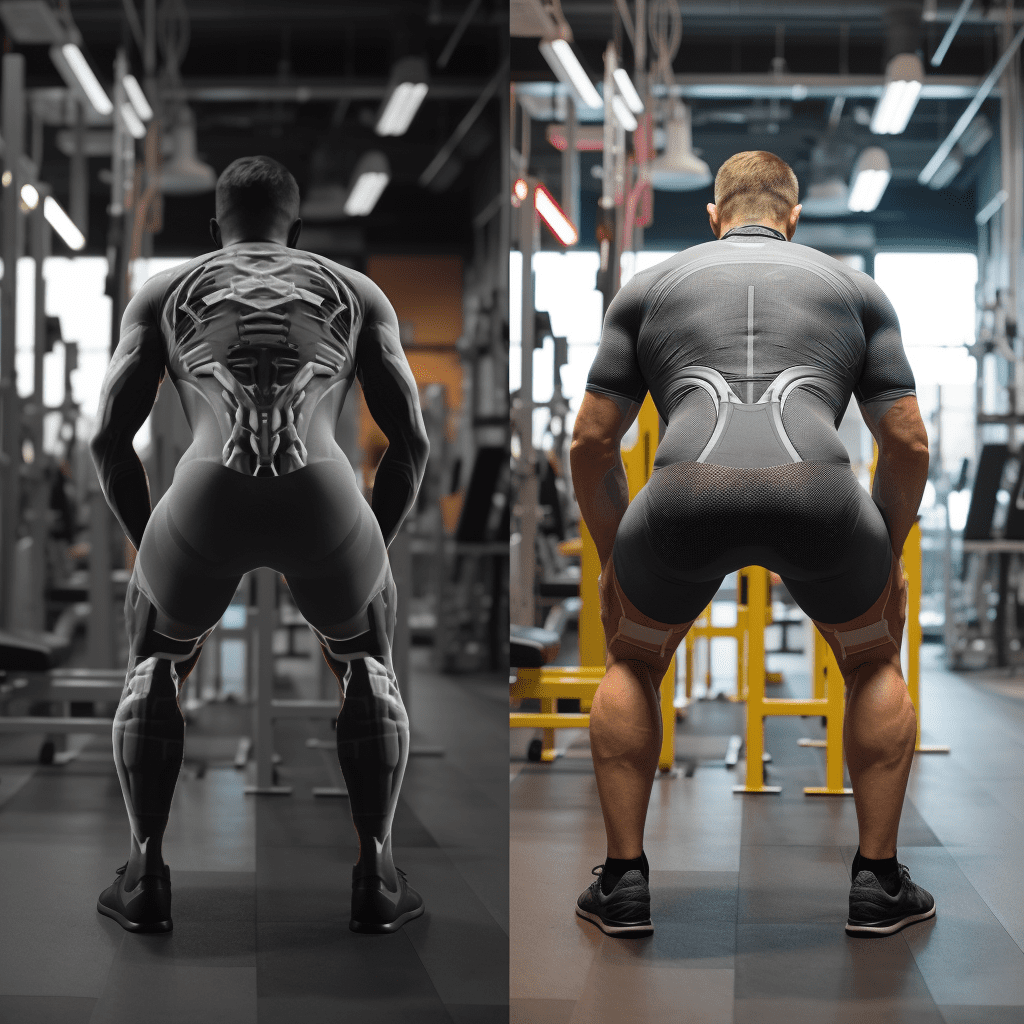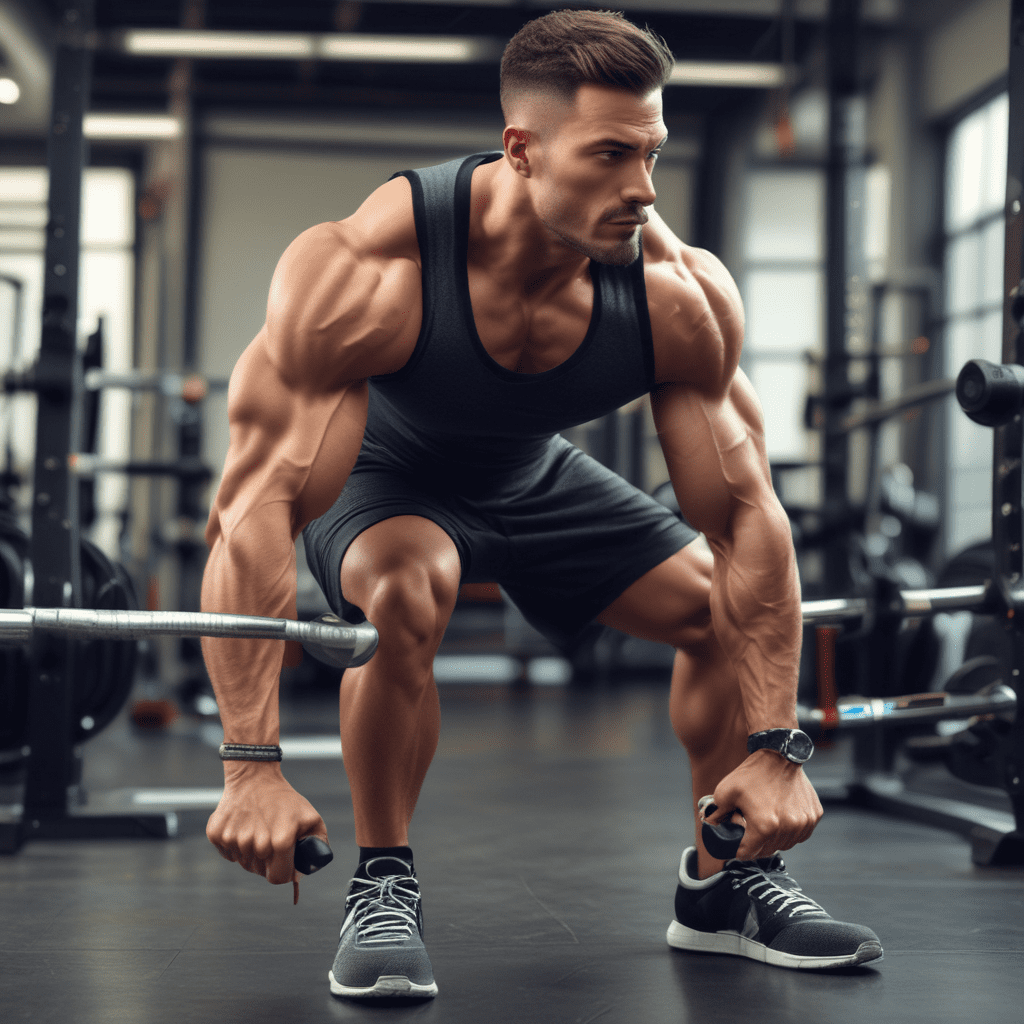
Why Do My Knees Hurt When I Squat?
If you experience knee pain when squatting, it can be frustrating and discouraging. Squats are a fundamental exercise for lower body strength and are popular among gym-goers and athletes alike. However, understanding why your knees hurt during squats can help you find solutions and continue to train effectively. In this article, we will explore some common reasons why knees may hurt during squats and provide potential solutions to alleviate the pain. Keep in mind that it’s always important to consult with a healthcare professional or a qualified trainer to assess your individual situation.
1. Poor Form and Technique
One of the primary reasons why knees may hurt during squats is poor form and technique. Squatting with incorrect form places excessive stress on the knee joints, leading to pain and discomfort. Common mistakes include:
- Knees Collapsing: Allowing the knees to cave inward during the squat puts additional stress on the knee joints. Ensure that your knees are tracking over your toes throughout the movement.
- Insufficient Depth: Not squatting to an appropriate depth can cause knee pain. Aim to go low enough to activate the necessary muscles fully.
- Incorrect Foot Positioning: Placing your feet too close together or too far apart can negatively impact your knee alignment. Find a comfortable stance that allows for proper knee tracking.
To prevent knee pain, focus on maintaining proper form during squats. Consider working with a qualified trainer who can assess your technique and provide guidance.
2. Muscle Imbalances and Weakness
Weak muscles or imbalances in the lower body can contribute to knee pain when squatting. When certain muscles are weaker than others, it places extra stress on the surrounding joints, including the knees. Some common muscle imbalances and weaknesses that may lead to knee pain during squats include:
- Quadriceps Dominance: If your quadriceps are significantly stronger than your hamstrings and glutes, it can cause imbalances and knee pain. Ensure you have a balanced lower body strength training program.
- Weak Glutes: The glute muscles play a significant role in squatting. If they are weak, other muscles compensate, potentially leading to knee pain. Incorporate exercises targeting your glutes, such as hip thrusts and glute bridges.
- Imbalanced Inner and Outer Thigh Muscles: Weakness or imbalances between the inner and outer thigh muscles can affect knee alignment during squats. Focus on exercises that target these muscles, like lateral leg raises and clamshells.
Addressing muscle imbalances and weakness through targeted exercises can help alleviate knee pain during squats. Working with a knowledgeable fitness professional can guide you in developing an appropriate exercise program.
3. Lack of Mobility and Flexibility
Inadequate mobility and flexibility can also contribute to knee pain during squats. Limited range of motion and tight muscles prevent proper squat form and proper joint alignment. Some areas that may require attention include:
- Ankle Mobility: Insufficient ankle mobility can cause compensations at the knees. Perform ankle mobility exercises like ankle dorsiflexion stretches to improve range of motion.
- Hip Flexibility: Poor hip flexibility can limit depth and lead to unnatural movement patterns. Incorporate hip-opening exercises, such as deep lunges and hip circles, into your routine.
- Tight Muscles: Tight muscles in the lower body, such as the calves, quadriceps, and hip flexors, can affect squat form. Regular stretching or foam rolling can help improve flexibility.
By addressing mobility and flexibility limitations, you can improve your squat technique and reduce knee pain. Remember to consult with a qualified professional to ensure you perform stretches and exercises correctly.
4. Inadequate Warm-up and Cool-down
Neglecting to warm up properly before squatting and cool down effectively after can contribute to knee pain. A warm-up helps increase blood flow to the muscles, prepares the joints for movement, and allows for better performance. Similarly, a cool-down routine helps facilitate recovery and reduces post-workout stiffness. Skipping either of these can increase the risk of knee pain during squats.
Ensure your warm-up routine consists of dynamic stretches and movements that target the lower body. Similarly, your cooldown should include static stretches and gentle movements to aid in muscle recovery.
5. Overtraining and Insufficient Recovery
Overtraining and insufficient recovery can also contribute to knee pain during squats. Pushing your body beyond its limits without appropriate rest and recovery may lead to joint inflammation, overuse injuries, and knee pain. It’s essential to allow your body enough time to rest and repair after each workout.
Ensure you incorporate rest days into your training schedule and prioritize adequate sleep. Additionally, consider incorporating other recovery strategies such as foam rolling, massage, and proper nutrition to support optimal recovery.
6. Existing Injuries or Medical Conditions
If knee pain persists despite addressing the above factors, it may be indicative of an underlying injury or medical condition. It’s crucial to consult with a healthcare professional or a qualified sports therapist to assess your unique situation. They can provide a more accurate diagnosis and recommend appropriate treatment options tailored to your needs.
Frequently Asked Questions (FAQ)
Q: Can knee pain during squats indicate a serious injury?
A: While knee pain during squats can result from minor issues like poor form or muscle imbalances, it is essential not to ignore persistent or severe pain. It is advisable to consult with a healthcare professional to rule out any serious injuries or underlying medical conditions.
Q: Should I stop squatting if my knees hurt?
A: If you experience knee pain during squats, it may be beneficial to temporarily modify your training routine to allow for proper recovery. Modifying exercises, reducing load, or opting for alternative lower body exercises can help alleviate knee pain. However, completely avoiding squats may not be necessary, especially if underlying issues are addressed and corrected.
Q: Are there any alternative exercises I can do instead of squats?
A: If squatting exacerbates your knee pain, there are various alternative exercises you can incorporate into your lower body training routine. Some options include lunges, step-ups, leg presses, or using resistance machines that isolate the quadriceps or glutes. Again, it’s important to consult with a fitness professional to determine the most suitable exercises for your specific condition.
Remember, everyone’s body is unique, and what works for one person may not work for another. Consulting with professionals in the field can help you address your specific concerns and develop a targeted plan to overcome knee pain during squats. With proper attention to form, strength, mobility, and recovery, you can enjoy all the benefits that squats have to offer without the discomfort.

